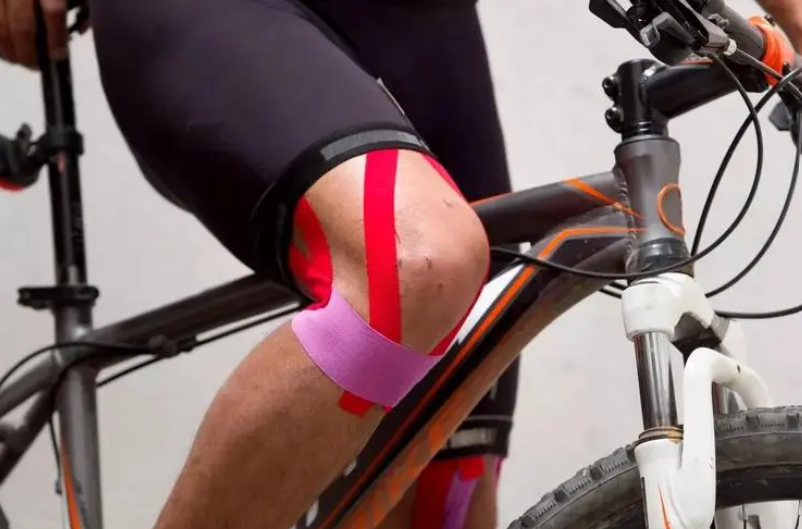To Answer This Question: Is Cycling Bad For Knees?
Is cycling bad for knees? Absolutely speaking, YES. Cuz it does bring pressure to your knees. But relatively NO. Since there is no form of exercise that is completely free from the risk of knee injury. Among all the exercises, the pressure on the knees during cycling is much lower compared to activities like running or stair climbing. Relatively speaking, cycling is a knee-friendly form of exercise compared to others.
For instance, during a squat, the pressure on the knees is seven times higher than when standing without any weight; when descending stairs, the pressure on the knees at the moment the front foot lands is five times higher than when standing without any weight; and during jogging, even with proper form, the pressure on the knees at the moment the front foot lands can be four times higher than when standing without any weight.
In contrast, cycling is relatively knee-friendly, as the pressure on the knees during cruising (not sprinting or climbing) is only 0.5 times the pressure when standing without any weight. If you unfortunately tear your meniscus, you’ll find that doctors often advise against unnecessary activities except for cycling. This indicates that the pressure on the knees during cycling is relatively low. In fact, many people turn to cycling after knee injuries from other sports, as it becomes one of the few options available apart from swimming when the knees are already damaged. Translating this to English might go something like this.
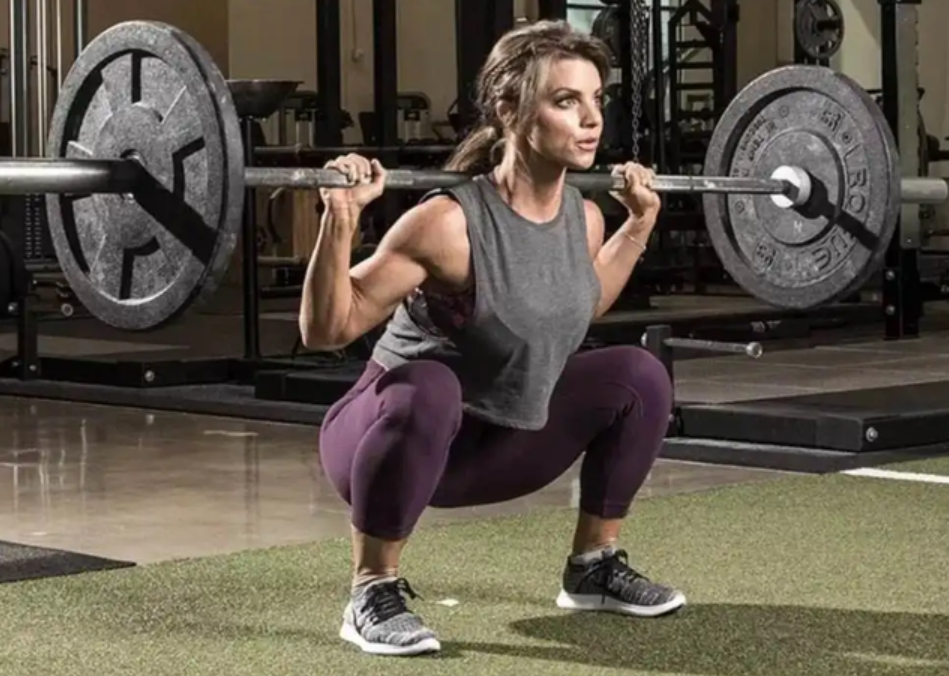
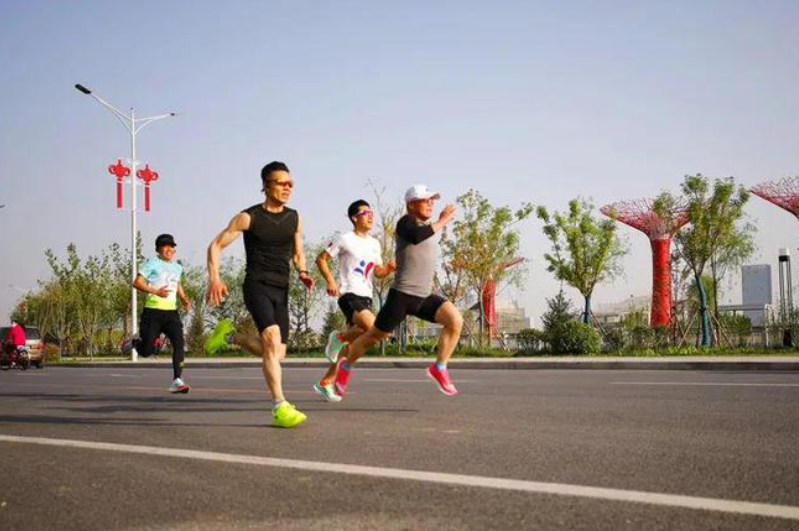
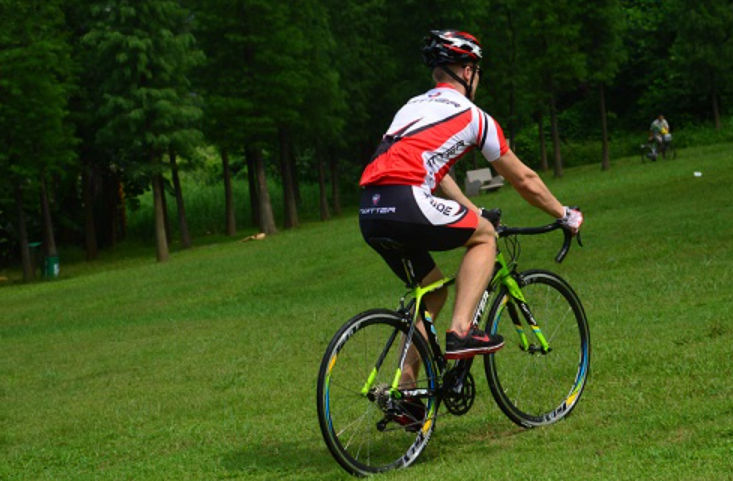
Improper Cycling Posture Leads to Irreversible Damage
Above, we mentioned that compared to other sports, cycling is relatively knee-friendly. However, long-term incorrect cycling posture can also result in irreversible knee damage. These incorrect cycling postures may stem from using improper bike frame setups (such as a saddle that is too low) or having improper cycling habits (such as excessive inward rotation of the knees during pedaling).
There are many common incorrect cycling postures, one of which is improper saddle height adjustment. Both a saddle that is too low or too high can increase pressure on the knees, leading to unnecessary fatigue and injury. Additionally, excessive bending or over extension of the knees is another common issue. This posture can subject the knees to extra pressure, increasing wear and tear on cartilage and ligaments, thus causing pain and injury.
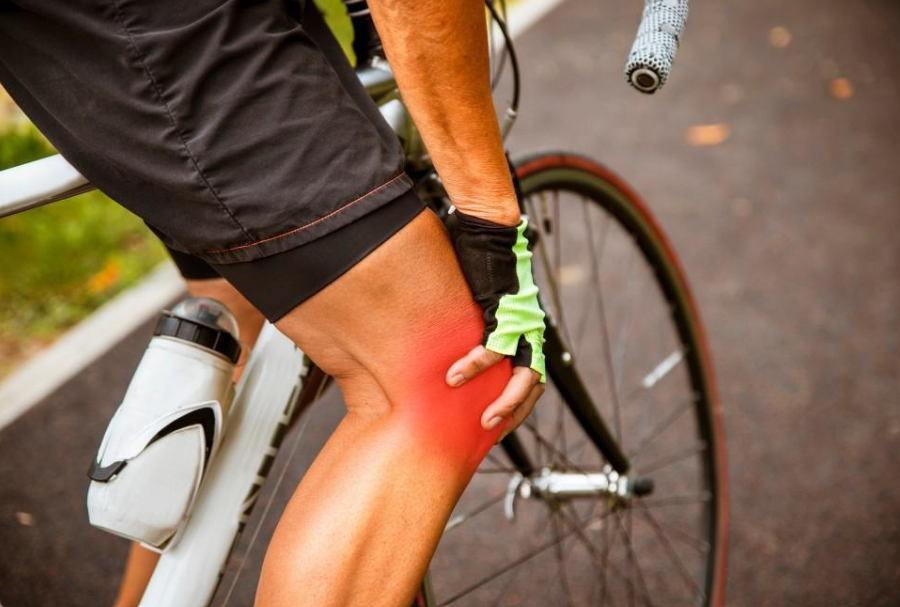
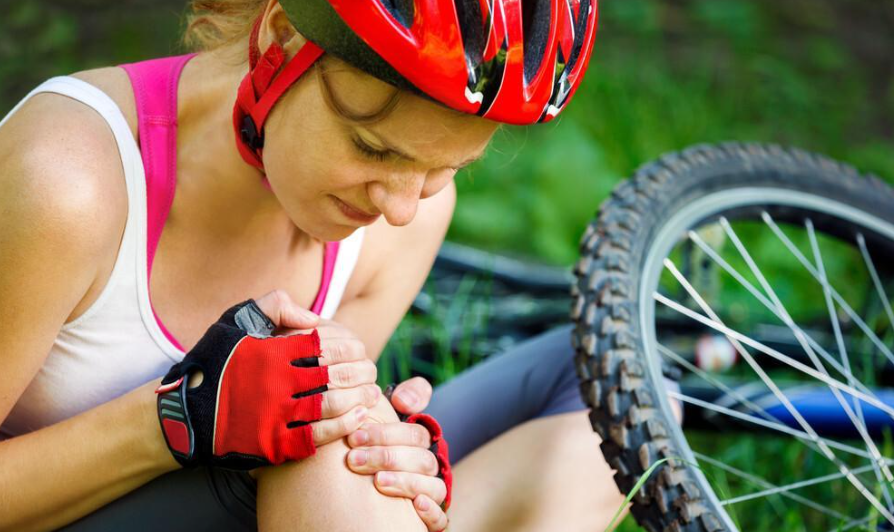
Incorrect cycling posture can lead to various knee problems, including cartilage wear, ligament strains, and bursitis. Cartilage wear is one of the most common issues, causing joint pain and stiffness, and in severe cases, may require joint replacement surgery. Ligament strains can result in joint instability, increasing the risk of further injury. Bursitis can cause inflammation and pain in the tissues around the joint, affecting normal movement.
These knee problems can be irreversible, especially with prolonged neglect and incorrect posture. Once severe cartilage wear or ligament damage occurs, recovery can be very challenging and may require surgical intervention. Correct cycling posture is key to preventing knee injuries.
What should you do if you experience knee pain while cycling?
Without a doubt, it’s crucial to completely cease all cycling activities for the next two weeks. This decision is paramount. Do not push yourself to continue cycling, as it may exacerbate knee issues. Give yourself ample time to rest and recover to ensure full relief for the knees. During this period, avoid any activities that could exert pressure on the knees to expedite recovery.
During the rest period, it’s essential to seek advice from a doctor or professional physiotherapist. They are capable of assessing the severity of knee issues and identifying the root cause of the pain. With their assistance, you can receive personalized treatment recommendations and a rehabilitation plan tailored to your individual situation. This may involve physical therapy, appropriate exercise programs, knee support devices, or other treatment methods.
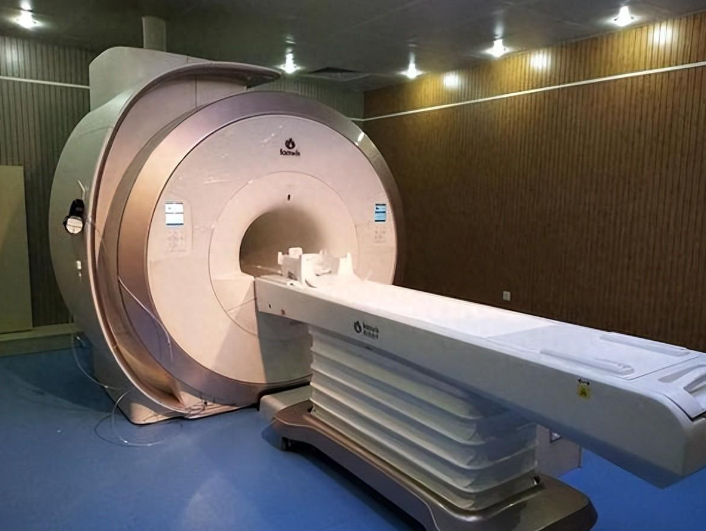
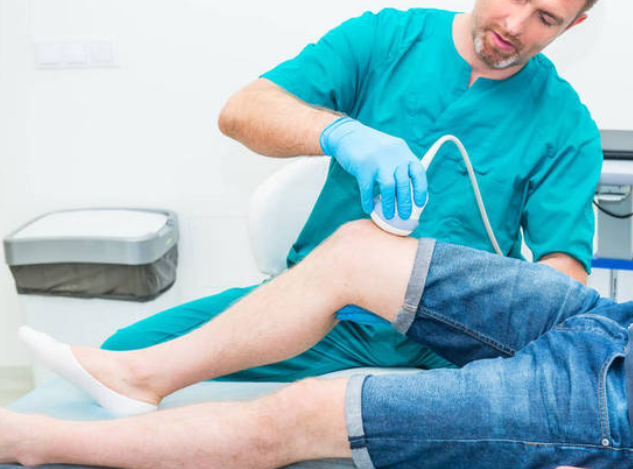
Remember, taking action early is crucial. Ignoring knee pain may lead to serious consequences, potentially requiring more complex treatment measures. By halting cycling, resting, seeking professional help, and strictly adhering to the advice of doctors or physiotherapists, you can maximize knee recovery and get back to cycling as soon as possible.
What preparations should be made before restarting cycling?
After you believe your knee has fully recovered, you plan to resume your cycling activities. That’s certainly fine. SUMLON suggests completing the following preparations before you resume your cycling.
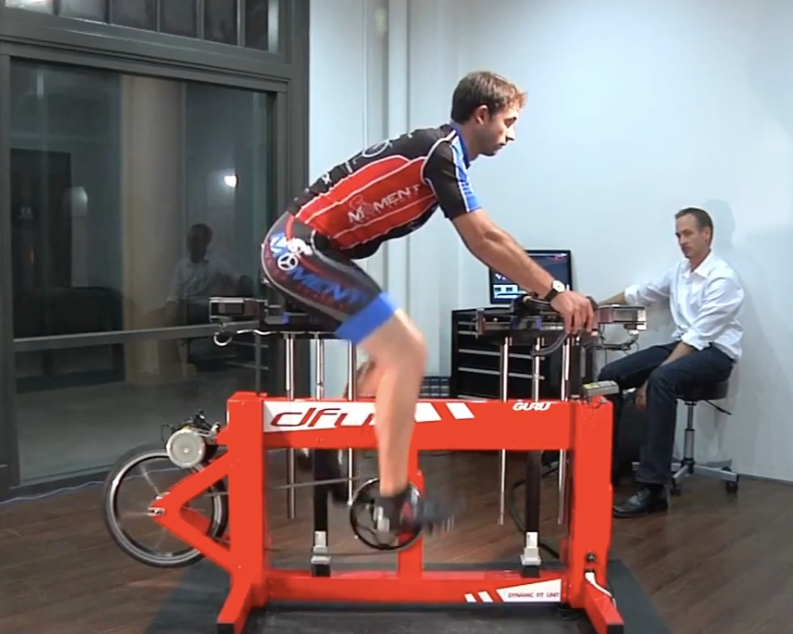
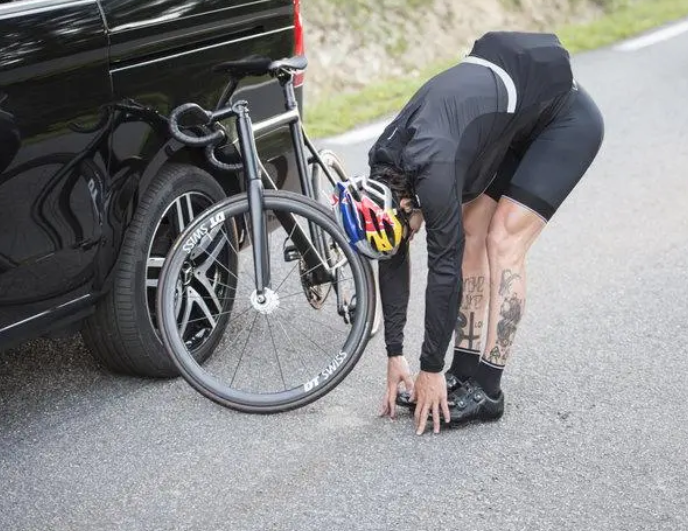
1. Fitting Adjustment
Firstly, it’s crucial to undergo a bike fitting adjustment once again. This ensures that your bike fits your body size and proportions, reducing any extra pressure on the knees.
2. Riding Posture
Secondly, use a camera to record your posture while cycling, then analyze it carefully. Check if your body posture is reasonable, especially the positions of your knees, waist, and arms. If you notice any irregularities, consider seeking assistance from professional cyclists who have the experience and skills to adjust your cycling posture to better align with ergonomic principles.
3. Ride Preparation
Thirdly, ensuring adequate warm-up and stretching before each ride is also crucial. This helps prevent injuries and reduces the occurrence of knee pain. Engage in some gentle aerobic exercises to increase blood circulation, then focus on stretching the muscles around the front and back of your thighs as well as around the knees. This helps to make the muscles more flexible, reducing friction and pressure during exercise, thereby alleviating the burden on the knees.
4. Sustainable Ride Planning to Ease Knee Strain
Finally, when planning your future rides, SUMLON suggests not significantly exceeding the intensity of your previous ride each time. If you aim to see improvement in each ride compared to the previous one, set limited goals. For example, if your last ride was 50 kilometers long, aim for 60 kilometers in the next one. However, avoid setting higher goals for average power, average speed, average cadence, average heart rate, etc., in this ride compared to the last one. Trying to surpass the previous ride in multiple dimensions simultaneously will put undue pressure on your knees.
By the way, SUMLON has been manufacturing bicycle parts for over 15 years. Contact us if you are looking for a bike parts factory or a one-stop wholesaler. Peace


